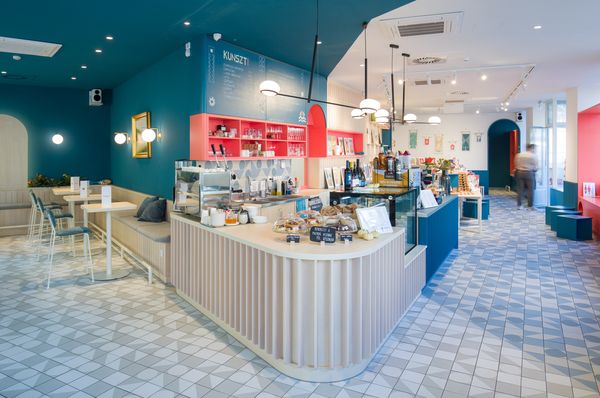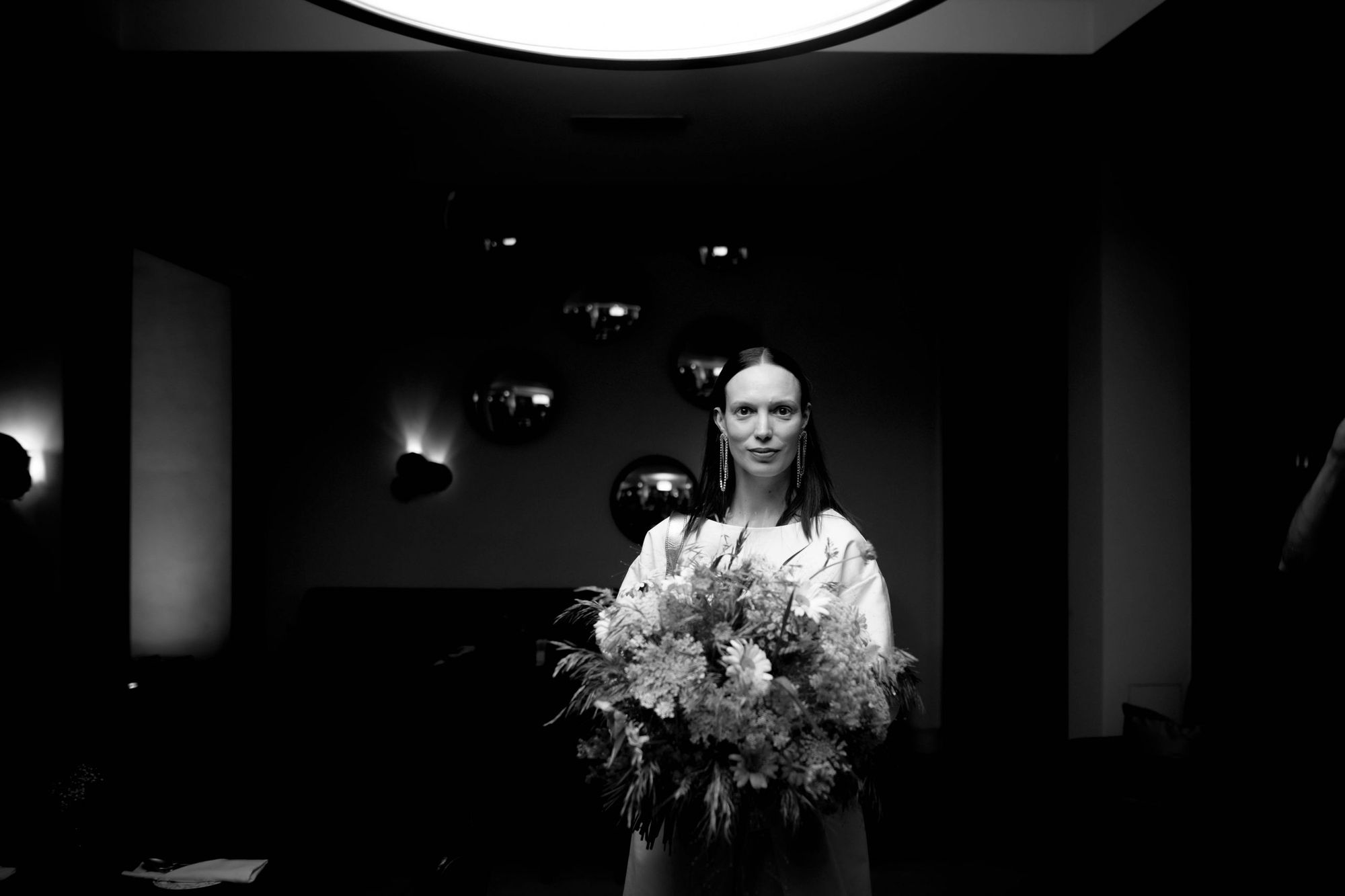In the multifaceted life of Olo Krizova, one thing is sure, and that’s fashion. With the establishment of the Czech Fashion Council, we can look at the Czech fashion industry from a new perspective—opening up a dialogue between creative industries while promoting and bringing together the country’s fashion scene. Olo’s diversity is essential to lead such an organization while providing exciting opinions on many similar yet different topics. Interview!
The Hungarian Fashion & Design Agency has organized again this year the Budapest Fashion & Tech Summit, a fashion industry conference attended by international experts. The event explores the future of the fashion industry from the perspectives of sustainability, cultural heritage and consumer habits. Guests at this year’s online event included emblematic figures from the region’s fashion industry, including the CEO of the Czech Fashion Council, Olo Krizova. The interview was possible thanks to the event.
You have tried your hand at various professions throughout your career, including design, modeling, photography, and the creative industries. But, how would you define yourself?
Each of the professions I listed has one thing in common—fashion. Fashion is at the heart of my professional life. If I want to define precisely what I am now, I am a visual artist and a visionary. This is not important if I choose to describe my vision through photography, choreography, or exhibition. What is important is whether I will be able to convey a message through my work.
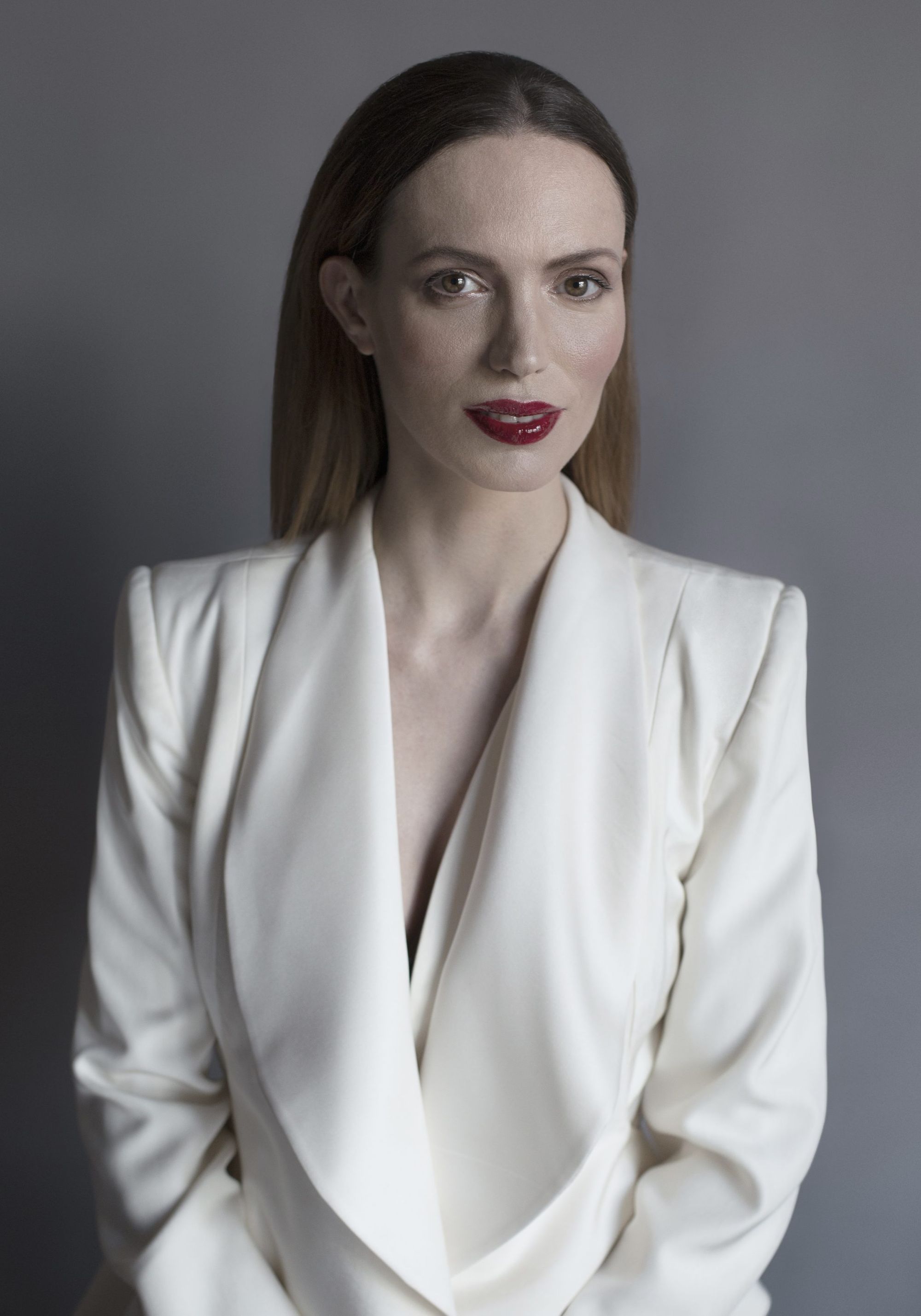
A few years ago, you founded the Czech Fashion Council, which provides an opportunity to develop the local design and fashion scene. Where did the idea come from and how is the implementation going?
The impulse came from multiple sides; it was not a spontaneous decision. It was mainly a reaction to the fact that society sees fashion as superfluous and superficial. The idea was to provide an independent professional platform for this field, where industry professionals could share, discuss and seek solutions to current problems. Over the years, this has so far proved to be a utopian vision. We are not sharing, and we are not collaborating. Our main effort is now focused on educating and raising awareness in the professional and lay society.
How are Eastern European identity and cultural heritage manifested in the region’s fashion industry? What can fashion mean for people in Eastern Europe?
From a global perspective, our cultural heritage is not much reflected in local fashion. Our production is mostly subordinated to current trends. We can only see these tendencies with a few local designers or smaller brands. In general, however, tradition and craftsmanship are still present. Fashion is not just the sign of the culture in which we live, it is part of our culture, so it will be also in the future if we do not surrender our culture to the “higher interests of the welfare of mankind.”
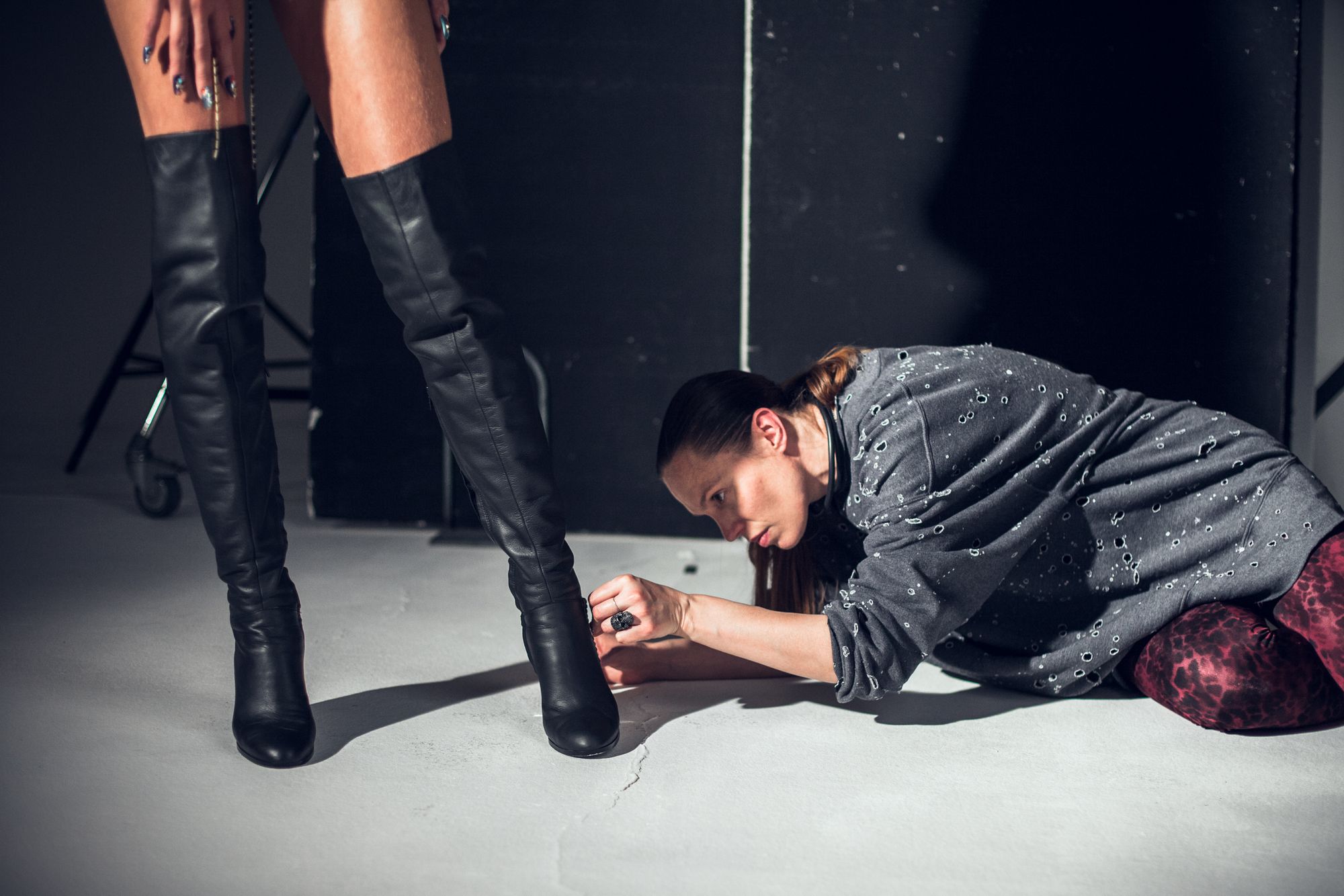

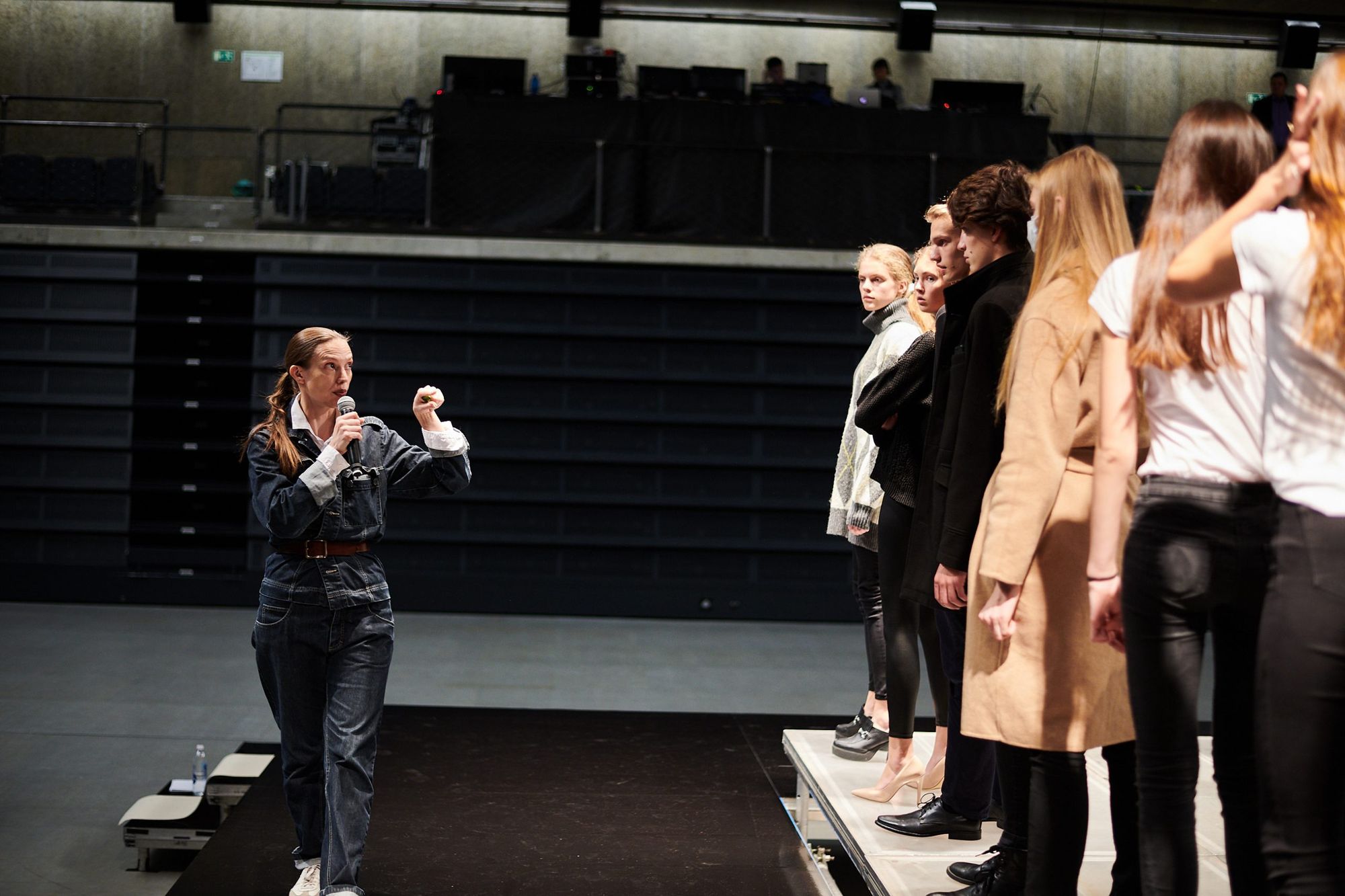
How have the circumstances of recent years—pandemic and climate change—affected fashion?
I cannot answer this question; I have no data. But the general statistics show that e-commerce has grown enormously, which has certainly been reflected in fashion. From my point of view, sustainability is still just a talking point, but given the ever-increasing poverty, this buzzword is just a cover-up for an unstoppable reality. Sooner or later, we will all live sustainably because we will have no other choice.
How do you see the future, how can technology be present within fashion?
We are now at crossroads. Either we will depend on technology, or it will help us. It’s up to us to choose which way we want to go.
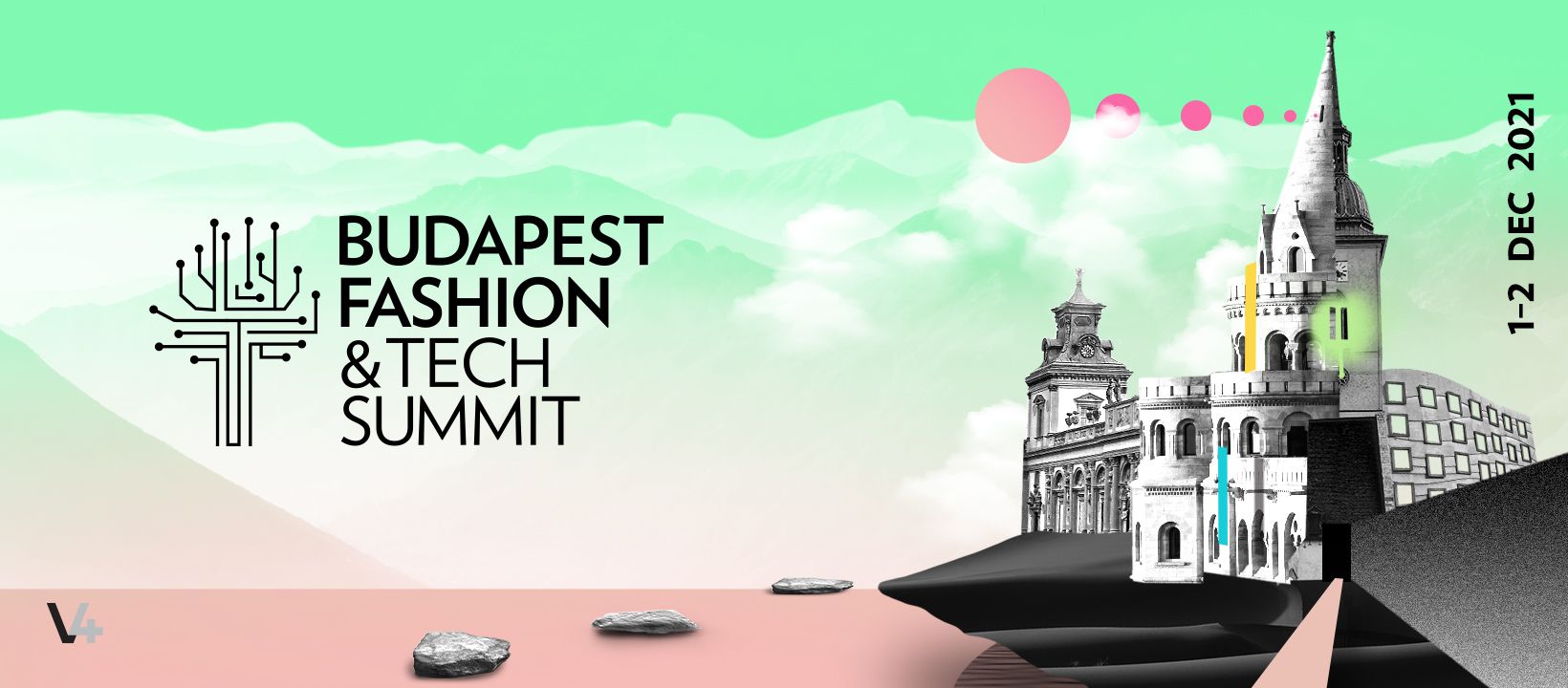
Czech Fashion Council | Web | Facebook | Instagram
Olo Krizova | Facebook | Instagram
Budapest Fashion & Tech Summit | Facebook

Communication is the path to innovation in the region | Interview with Claudia Patricolo

Favorite interiors of the week_89
